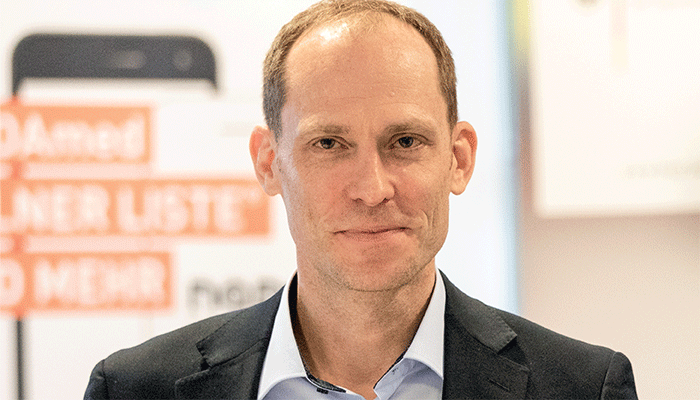
What is the current state of gene doping?
Substantial advances in developing strategies to cure life-threatening diseases have been accomplished over the past decade through gene transfer, gene editing, and gene knockdown studies. But we must consider the potential misuse of these strategies for illicit performance enhancement amongst athletes. Whether or not athletes have been employing gene doping methods to date is difficult to say – but it is vital to continue working on analytical methods that support anti-doping tests to minimize that risk.
What are the major analytical challenges to detecting gene doping?
A major challenge in developing testing strategies for new therapeutic approaches that might be misused for doping is identifying suitable target analytes in the test matrices commonly available in routine doping controls. The available window to detect gene doping is another important factor that we’re trying to get to grips with. We’re talking about novel approaches, mostly at the experimental stage – so little information concerning the detection of their (mis)use exists. And that’s why preventive anti-doping research is vital for future sports drug testing programs.
Tell me about your research into identifying SpCas9 in plasma using HPLC–HRMS/MS
As far as we know, this was the first study to target SpCas9 – a key variable in CRISPR/Cas-based gene editing – for anti-doping purposes (1). Cas9 is of bacterial origin, which makes it xenobiotic to humans; if it’s found in a human sample we have strong evidence of deliberate use and injection of the endonuclease. The detection of Cas9 (and its inactivated analog) is based on its extraction from plasma by means of immunoaffinity purification – a highly specific extraction procedure that concentrates the target analyte in a comparably small volume for subsequent cleavage into peptidic fragments. These fragments consist of defined amino acid sequences that are sensitively analyzed with high specificity by means of high performance liquid chromatography (HPLC) combined with high-resolution mass spectrometry (HRMS), which enables the unequivocal identification of Cas9 in a complex biological matrix, such as human plasma.
Why did you choose HPLC–HRMS/MS? And are there any other techniques that might help detect gene doping?
HPLC-(HR)MS/MS is commonly applied in anti-doping laboratories and, obviously, a typical strategy to detect and identify peptidic analytes in numerous other disciplines. Its proven sensitivity and specificity are extremely valuable for the required performance characteristics of the test methods, especially in terms of reproducibility and robustness. Surely, complementary methods can be employed to help identify gene doping practices, and those are equally relevant and required to comprehensively cover the numerous options of gene manipulation.
Do you expect gene doping to become more prevalent in the coming years?
In a broader context and in all its potential facets, it cannot be excluded that gene doping will receive more attention by cheating individuals than is presumably the case right now. To what extent this will happen is difficult to specify.
Thinking more broadly, should the analytical scientist’s responsibility go beyond just measuring and providing the values?
My perception is that the role of the analytical scientist does already go beyond that. For instance, at the Center for Preventive Doping Research and at numerous other centers of expertise in anti-doping, the role of the analytical scientist is interpreted in various ways, including the development and optimization of test methods, as well as providing the required analytical test results for anti-doping organizations and respective case management. In addition, it is a priority also to support the sport community with research data, results, expertise, and communications concerning observations that appear essential for protecting the integrity of sport and, most importantly, the clean athlete.
Mario Thevis is Professor for Preventive Doping Research and Director, Institute of Biochemistry/Center for Preventive Doping Research, German Sport University Cologne, Germany
References
- A Paßreiter et al, “First Steps toward Uncovering Gene Doping with CRISPR/Cas by Identifying SpCas9 in Plasma via HPLC-HRMS/MS”, Anal Chem, 92, 24, 16322-16328. DOI: 10.1021/acs.analchem.0c04445.




